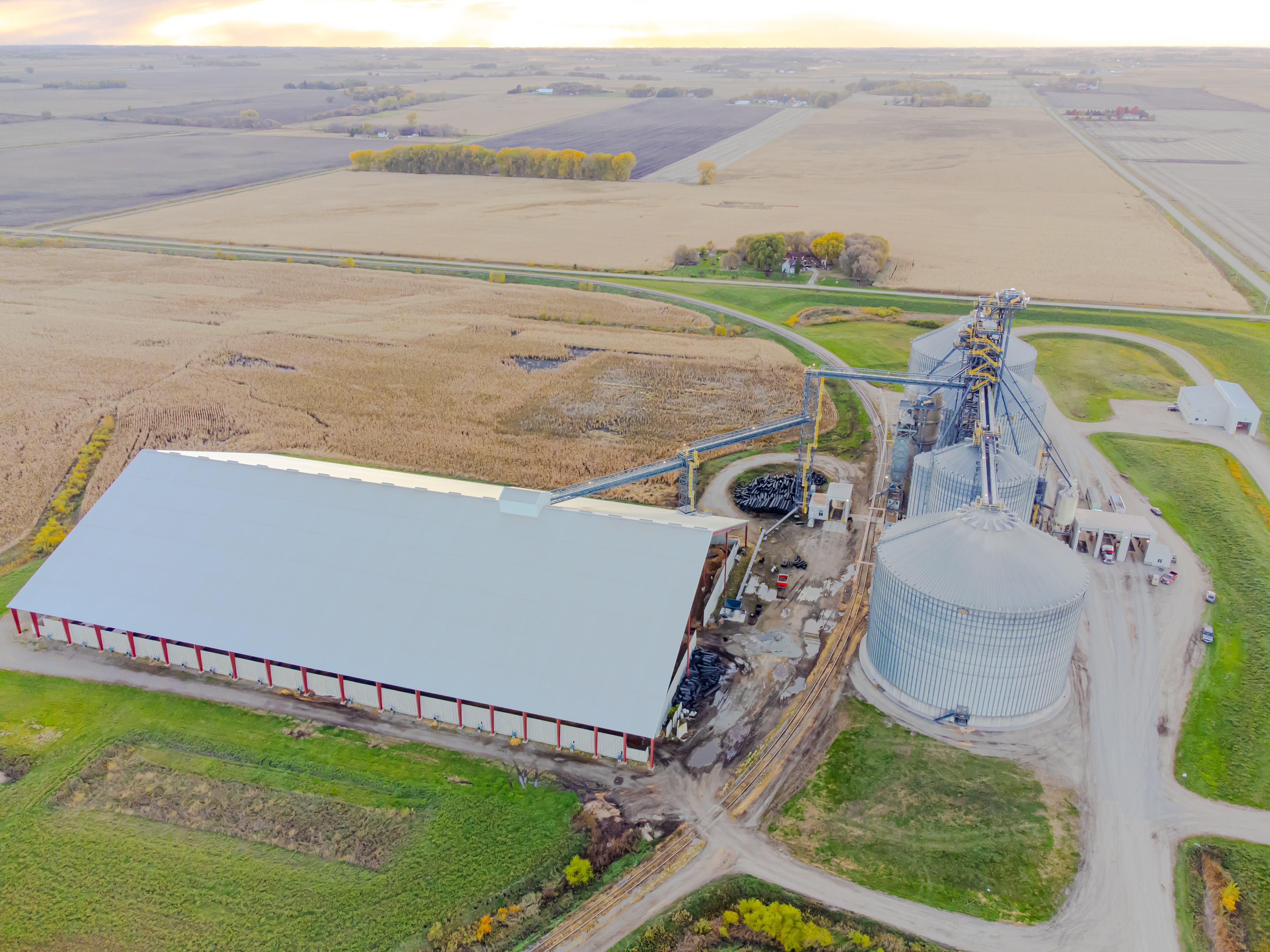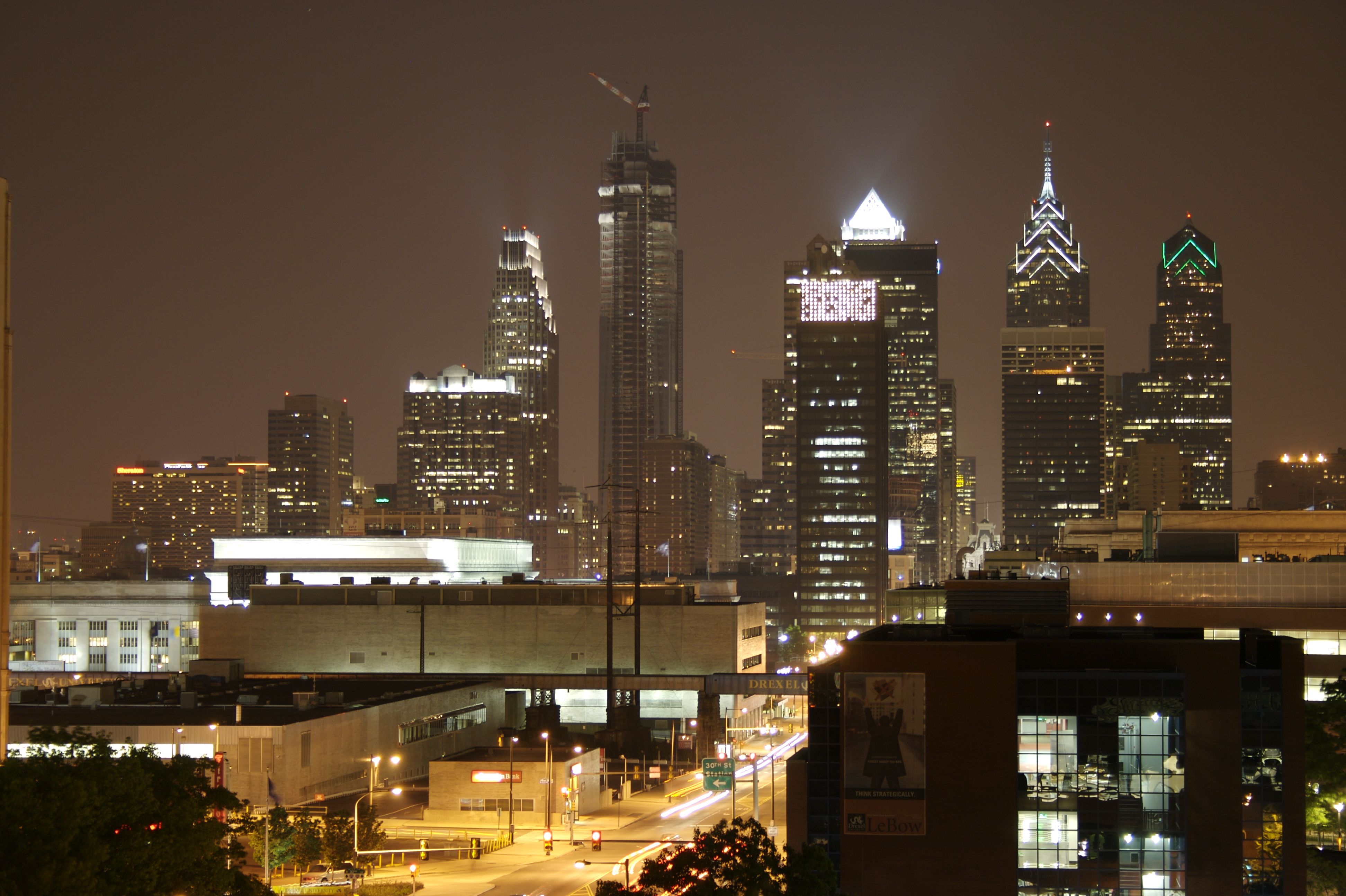|
Reading Company Grain Elevator
The Reading Company Grain Elevator was built as a grain elevator in 1925 by the Reading Railroad in Center City Philadelphia to replace an elevator that had operated on the same spot since the Civil War A civil war is a war between organized groups within the same Sovereign state, state (or country). The aim of one side may be to take control of the country or a region, to achieve independence for a region, or to change government policies.J .... The building was abandoned in the 1950s and refitted in the 1970, with the lower floor made into offices, the grain storage areas essentially untouched, and the upper levels made into penthouses. See also * List of grain elevators References Agricultural buildings and structures on the National Register of Historic Places in Pennsylvania 1925 establishments in Pennsylvania Industrial buildings completed in 1925 Residential buildings in Philadelphia Grain elevators in the United States Reading Company Agricultural bui ... [...More Info...] [...Related Items...] OR: [Wikipedia] [Google] [Baidu] |
Philadelphia, Pennsylvania
Philadelphia ( ), colloquially referred to as Philly, is the List of municipalities in Pennsylvania, most populous city in the U.S. state of Pennsylvania and the List of United States cities by population, sixth-most populous city in the United States, with a population of 1,603,797 in the 2020 United States census, 2020 census. The city is the urban core of the Philadelphia metropolitan area (sometimes called the Delaware Valley), the nation's Metropolitan statistical area, seventh-largest metropolitan area and ninth-largest combined statistical area with 6.245 million residents and 7.379 million residents, respectively. Philadelphia was founded in 1682 by William Penn, an English Americans, English Quakers, Quaker and advocate of Freedom of religion, religious freedom, and served as the capital of the Colonial history of the United States, colonial era Province of Pennsylvania. It then played a historic and vital role during the American Revolution and American Revolutionary ... [...More Info...] [...Related Items...] OR: [Wikipedia] [Google] [Baidu] |
Grain Elevator
A grain elevator or grain terminal is a facility designed to stockpile or store grain. In the grain trade, the term "grain elevator" also describes a tower containing a bucket elevator or a pneumatic conveyor, which scoops up grain from a lower level and deposits it in a silo or other storage facility. In most cases, the term "grain elevator" also describes the entire elevator complex, including receiving and testing offices, weighbridges, and storage facilities. It may also mean organizations that operate or control several individual elevators, in different locations. In Australia, the term describes only the lifting mechanism. Before the advent of the grain elevator, grain was usually handled in bags rather than in bulk (large quantities of loose grain). The Dart elevator was a major innovation—it was invented by Joseph Dart, a merchant, and Robert Dunbar, an engineer, in 1842, in Buffalo, New York. Using the steam-powered flour mills of Oliver Evans as their model, t ... [...More Info...] [...Related Items...] OR: [Wikipedia] [Google] [Baidu] |
Reading Railroad
The Reading Company ( ) was a Philadelphia-headquartered railroad that provided passenger and freight transport in eastern Pennsylvania and neighboring states from 1924 until its acquisition by Conrail in 1976. Commonly called the Reading Railroad and logotyped as Reading Lines, the Reading Company was a railroad holding company for most of its existence, and a single railroad in its later years. It operated service as Reading Railway System and was a successor to the Philadelphia and Reading Railway Company, founded in 1833. Until the decline in anthracite shipments from the Coal Region in Northeastern Pennsylvania following World War II, it was one of the most prosperous corporations in the United States. Enactment of the federally-funded Interstate Highway System in 1956 led to competition from the modern trucking industry. They used the Interstates for short-distance transportation of goods, which compounded the company's competition for freight business, forcing it into ... [...More Info...] [...Related Items...] OR: [Wikipedia] [Google] [Baidu] |
Center City, Philadelphia
Center City includes the central business district and central neighborhoods of Philadelphia, Pennsylvania, United States. It comprises the area that made up the City of Philadelphia prior to the Act of Consolidation, 1854, which extended the city borders to be coterminous with Philadelphia County, Pennsylvania, Philadelphia County. The area has grown to the second-most densely populated downtown area in the United States (after Midtown Manhattan in New York City), with an estimated 202,000 residents in 2020 and a population density of 26,234 per square mile. Geography Boundaries Center City is bounded by South Street (Philadelphia), South Street to the south, the Delaware River to the east, the Schuylkill River to the west, and Vine Street to the north. The district occupies the old boundaries of the City of Philadelphia before Act of Consolidation, 1854, the city was made coterminous with Philadelphia County in 1854. The Center City District, which has special powers of taxa ... [...More Info...] [...Related Items...] OR: [Wikipedia] [Google] [Baidu] |
American Civil War
The American Civil War (April 12, 1861May 26, 1865; also known by Names of the American Civil War, other names) was a civil war in the United States between the Union (American Civil War), Union ("the North") and the Confederate States of America, Confederacy ("the South"), which was formed in 1861 by U.S. state, states that had Secession in the United States, seceded from the Union. The Origins of the American Civil War, central conflict leading to war was a dispute over whether Slavery in the United States, slavery should be permitted to expand into the western territories, leading to more slave states, or be prohibited from doing so, which many believed would place slavery on a course of ultimate extinction. Timeline of events leading to the American Civil War, Decades of controversy over slavery came to a head when Abraham Lincoln, who opposed slavery's expansion, won the 1860 presidential election. Seven Southern slave states responded to Lincoln's victory by seceding f ... [...More Info...] [...Related Items...] OR: [Wikipedia] [Google] [Baidu] |
List Of Grain Elevators
List of notable grain elevators: Canada ''Alberta'' * Acadia Valley, Alberta, Acadia Valley – Prairie Elevator Museum, former Alberta Wheat Pool converted into a tea house / museum. * Alberta Central Railroad Museum – former Alberta Wheat Pool, second oldest standing grain elevator in Alberta, moved from Maskwacis, Hobbema. * Andrew, Alberta, Andrew – former Alberta Wheat Pool, restored into a museum. * Castor, Alberta, Castor – former Alberta Pacific, restored into a museum. * Big Valley, Alberta, Big Valley – Alberta Wheat Pool used as a museum complete with a train station and Railway roundhouse, Roundhouse. * Edmonton – Ritchie Mill, former flour mill converted into restaurants, law offices and condos. * Esther, Alberta, Esther – former Alberta Wheat Pool, restored into a museum. * Haselwood Mill – Alberta's oldest seed cleaning mill, operated from the 1930s to 1960s. * Heritage Acres Farm Museum – restored United Grain Growers elevator moved from Brocket, Al ... [...More Info...] [...Related Items...] OR: [Wikipedia] [Google] [Baidu] |





